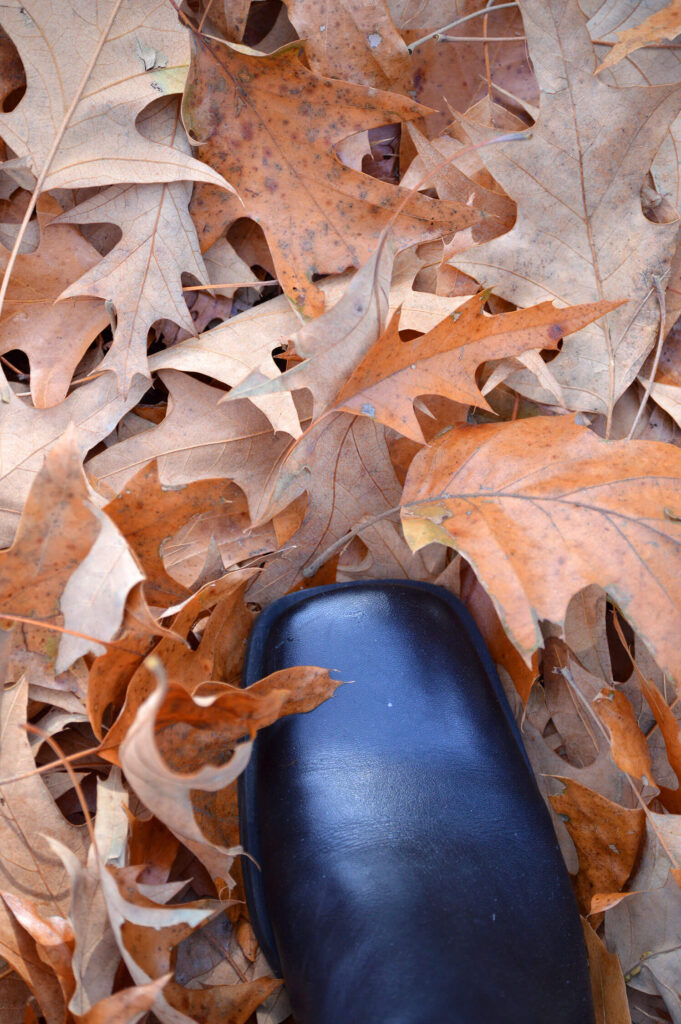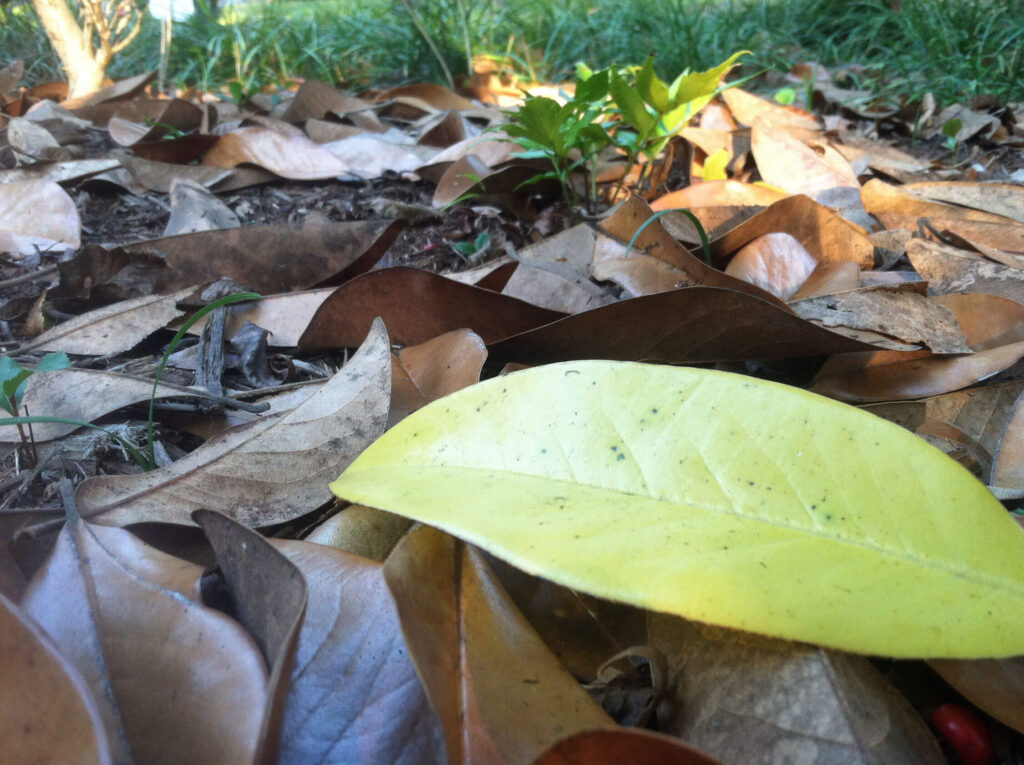
It’s fall and the leaves are coming down. So what do you do with them? Well, the choices are easy: compost them, chop them up in place, use them as mulch, or bag them up and have them hauled away.
When we were kids, we put fall leaves to good use. We spent hours raking them into maze patterns that we would chase each other through. Of course, at the end of the day we collected them and dumped them in the huge compost pile in the back of the shed. I think this accomplished two things for our parents – tiring us kids out from the exercise of raking (and the running) AND getting all of the leaves picked up from the lawn.
Well, while raking leaves is good exercise, it isn’t nearly as much fun as it used to be and I have a lot of trees in my yard: several oaks, some pecans, a few maples, two cypress, a couple of pines, and a sycamore. These trees produce an abundance of leaves over the fall and winter.
I use several techniques to get rid of the leaves: mowing in place, chopping up for compost, raking them into existing garden beds, and using some for mulch immediately. Here are some tips and ideas for your yard.
Compost the leaves in your yard
You can compost just about any type of leaf. To increase the speed at which they decompose, chop the leaves up prior to mixing them into your compost pile. Remove any sticks or cones prior to chopping them up. Turn the compost pile and aerate it every couple of weeks. If you add nitrogen to the pile (ex: manure, grass clippings, or commercial nitrogen), this will also help speed up the decomposition rate.
If you’re adding chopped leaves to a commercial compost bin, alternate a layer of leaves with grass clippings or food waste. You might bag up some of your leaves and use them throughout the year to add to the bin when the material is getting to moist or you need additional material to mix in.
Mow fall leaves and leave them on the lawn
This is probably the easiest solution. Mowing your leaves chops them up into small pieces that can be left on the lawn. This adds nutrients back into the soil and helps reduce weeds. Be sure to pick up sticks and cones first.
Mow pretty regularly so there isn’t a lot of debris sitting on your lawn at one time and so that your mower doesn’t struggle to get through the piles. You may have to mow over the leaves a couple of times to get them really chopped up.
I recommend wearing a mask when you do this if you have allergies because a lot of leaf litter and debris will be kicked up in to the air as you mow.
Chop the leaves up and use them as mulch in your flower beds

Chop up the leaves and use them in your flowers beds as mulch. This reduces weeds, increases moisture retention, adds nutrients as the leaves decompose. You can put a bag on your mower and chop them up this way, use an attachment for your leaf blower that sucks the leaves up and chops them, or some other tool to chop leaves.
What do I do about pine needles?
Pine needles take longer to decompose than most leaves. You can add them to the compost bin or pile if you wish – but chopping them up is a good idea. You probably want to slowly mix them in with other materials too as they are prone to create clumps that don’t allow moisture in and thus don’t decompose.
However, why not use pine needles as mulch on your existing beds? Many people purchase pine needles just for this purpose. I rake up the pine needles in my lawn and put them around my blueberry plants. Blueberry bushes like acidic soil, and as the pine needles decompose, it makes the soil more acidic. Azaleas are another plant that likes acidic soil, so pine needles could be used to mulch them as well.
Mowing doesn’t work very well for pine needles – they just don’t break up into very small pieces, so they will still be visible on your lawn.

Rake leaves into your empty vegetable garden
You can rake whole leaves into your vegetable garden and leave them there to compost over the season. In the spring, just mix them in with your soil. The leaves will help retain moisture in the soil and add nutrients.
Rake slower decomposing leaves into an out-of-the-way shrub area
In my yard, the magnolia leaves are troublesome because they take longer to decompose (and there’s a lot of them). I have two large magnolias in the front yard and they seem to lose a lot of leaves. I usually rake them up and then put them in a large bed with lots of shrubs where I can just leave them over winter to decompose. If you prefer, you can chop them up and add them to the compost pile instead.
Bag up the leaves and find someone else who needs them
I’ve seen requests on Facebook for bagged leaves for composting projects at a school. I’ve also seen folks pull up their pickup next to someone’s trash and take all of the bagged up pine needles. There’s no harm in trying.
If you have as many leaves as I do, you will probably use several of these options to get rid of your leaves. Get creative and find ways to put the nutrients back into your garden and yard.
